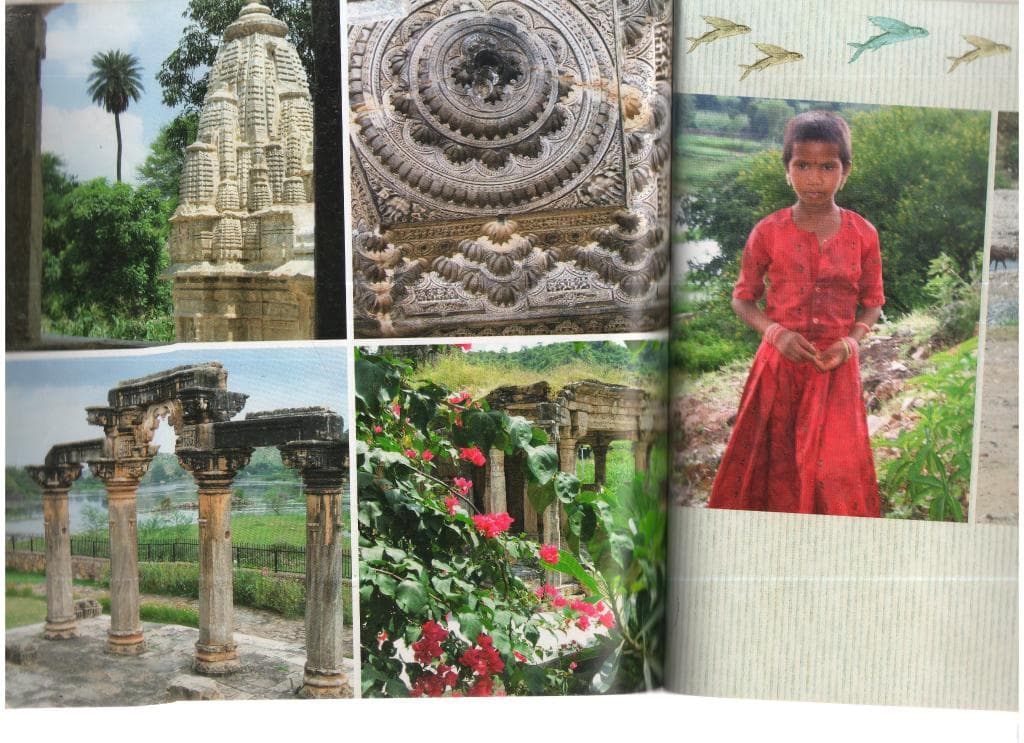
Sas-Bahu Temple Gwalior
Mesmerizing 11th-century twin temples in Gwalior Fort, famed for intricate carvings and unique architecture.
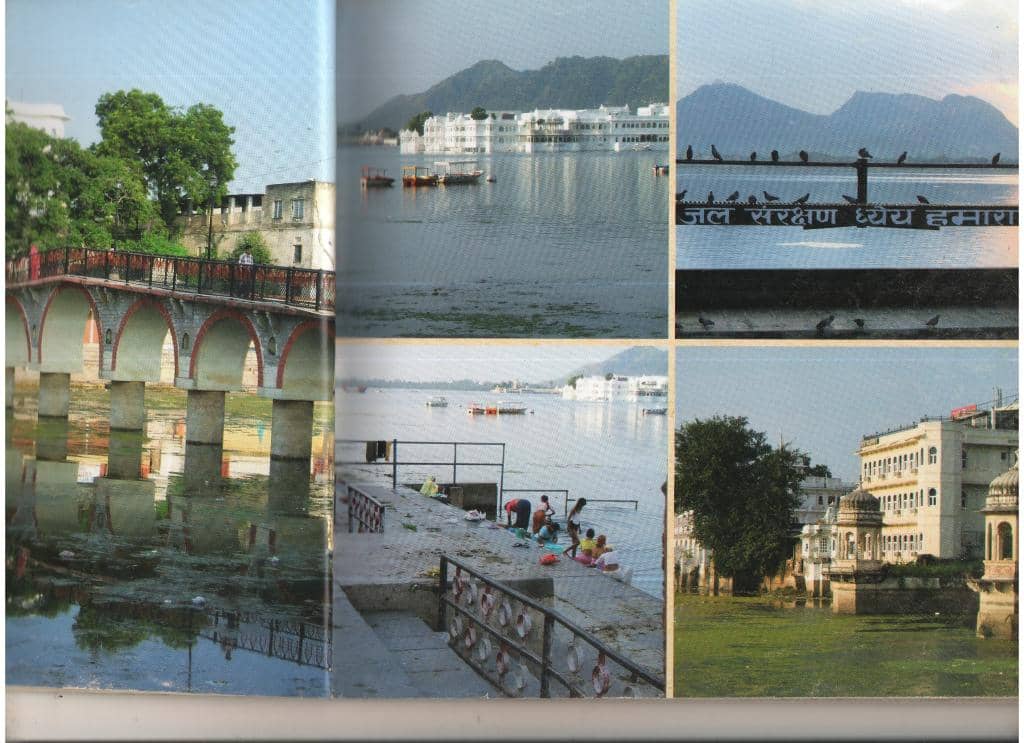
Highlights
Must-see attractions

Social
From TikTok & Reddit
Best Time
Best for photography

Sas-Bahu Temple Gwalior
Best Time
Best for photography

Highlights
Must-see attractions
Mesmerizing 11th-century twin temples in Gwalior Fort, famed for intricate carvings and unique architecture.
"Absolutely stunning and marvelous! This is such an old temple built around 1060 CE!"

Wear Comfortable Shoes
You'll be doing a lot of walking within the Gwalior Fort complex. :athletic_shoe:
Arrive Before 6 PM
The temple closes at 6 PM, so plan your visit accordingly for sunset colors. :clock1:
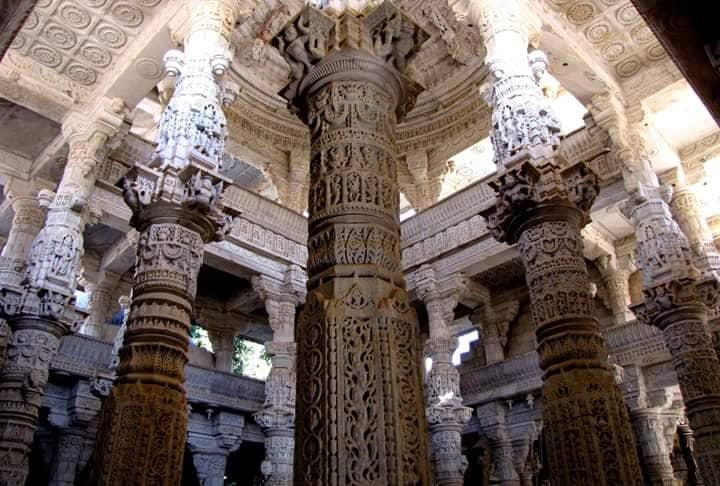
Highlights
Discover the most iconic attractions and experiences
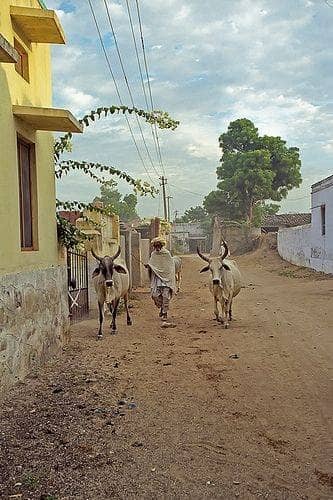
Intricate Sandstone Carvings
Main Temple Structure
Marvel at the detailed sculptures and patterns adorning the red sandstone, showcasing 11th-century craftsmanship.
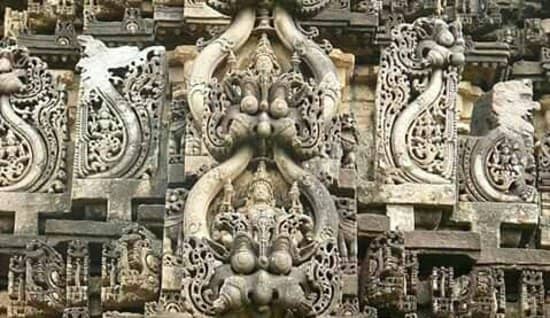
Twin Temple Architecture
Temple Complex
Admire the rare sight of two temples built side-by-side, symbolizing a unique mother-in-law and daughter-in-law relationship.

Panoramic Gwalior Views
Temple Terrace
Enjoy breathtaking views of the city of Gwalior from the elevated position of the temple complex.
Plans like a pro.
Thinks like you
Planning Your Visit
Timing is Key for Gwalior Fort Exploration
Fort Complex Navigation
Best Times
Insider Tips
from TikTok, Instagram & Reddit
Wear Comfortable Shoes
You'll be doing a lot of walking within the Gwalior Fort complex. :athletic_shoe:
Arrive Before 6 PM
The temple closes at 6 PM, so plan your visit accordingly for sunset colors. :clock1:
Explore the Fort Complex
Don't miss other nearby attractions like Teli ka Mandir within the fort. :world_map:
Capture the Details
The intricate carvings are a highlight, so take your time to photograph them. :camerawithflash:
Tips
from all over the internet
Wear Comfortable Shoes
You'll be doing a lot of walking within the Gwalior Fort complex. :athletic_shoe:
Arrive Before 6 PM
The temple closes at 6 PM, so plan your visit accordingly for sunset colors. :clock1:
Explore the Fort Complex
Don't miss other nearby attractions like Teli ka Mandir within the fort. :world_map:
Capture the Details
The intricate carvings are a highlight, so take your time to photograph them. :camerawithflash:
What Travellers Say
Reviews Summary
Visitors are consistently mesmerized by the Sas-Bahu Temple's stunning 11th-century architecture and intricate sandstone carvings. The unique twin-temple design and the panoramic views of Gwalior from its elevated position are frequently highlighted as major attractions. While the temple is considered an underrated gem, some visitors note that parts of the larger temple are in ruins.
"During my visit to Gwalior Fort while staying near IIITM Gwalior, I explored the Sahasrabahu Twin Temples (सहस्रबाहु ट्विन मंदिर) — an ancient pair of 11th-century temples that left me absolutely mesmerized. Built by King Mahipala of the Kachchhapaghata dynasty around 1093 CE, these red-sandstone temples dedicated to Lord Vishnu (originally called Sahastrabahu, meaning “one with a thousand arms”) stand side by side inside the fort complex, earning the affectionate name “Sas-Bahu” over time. The larger temple, though partly ruined, still carries stunning carvings of deities, celestial figures, and intricate patterns that reflect the height of North Indian Nagara architecture, while the smaller one complements it beautifully with its delicate doorframes and detailing. Walking around them in the quiet morning light, with the city below and the fort’s rugged backdrop behind, felt surreal — as if stepping through time. The serenity of the place, the soft play of light on weathered stone, and the sense of devotion embedded in its walls made it a truly peaceful and memorable stop. Though centuries of invasions have worn it down, the artistry and atmosphere still shine through, making the Sahasrabahu Twin Temples a must-visit for anyone coming to Gwalior who loves history, architecture, and moments of quiet reflection."
Ragini Bhattacharyya
"Sahasrabahu twin temple also popularly known as 'Saas bahu temple' is located at the top of the Gwalior fort. The location of the temple at the top provides a beautiful view to the visitor with an opportunity for some really good clicks. It's a small place but worth visiting. One should not miss this place if you are in Gwalior. You should place a visit sometime in the evening but before 6 pm which is the ideal time for some good sunset colors. The temple closes at 6 pm.
You need to take small auto rickshaws to travel around 2 kms from the top of the fort on the hill or travel by your private cars to this temple. You will also find other spots like Teli ka mandir, Gurudwara, etc in the same vicinity within 1 km radius at the top of the hill."
Akhilesh Kulkarni
"Absolutely stunning and marvelous! This is such an old temple built around 1060 CE!
The structure and sculptures are simply superb and you get awestruck by it. The rich culture and tradition behind this temple makes you enthrall while.observing it's beauty! Definitely the place needs more attention and fame, it's so under rated. A must visit site in Gwalior. Do not miss this."
Sujay Sreekumar
What People Like
What People Dislike
Frequently Asked Questions
🚇 🗺️ Getting There
The Sas-Bahu Temple is located within the Gwalior Fort. You can reach the fort by auto-rickshaw or private car. From the top of the fort, you might need to take a short auto-rickshaw ride or walk to the temple itself. :taxi:
Gwalior Fort is a prominent landmark. You can hire taxis or auto-rickshaws from anywhere in Gwalior to reach the base of the fort. The climb or drive up can be steep in parts. :car:
Once inside the fort, you can hire local auto-rickshaws for short distances between attractions like the Sas-Bahu Temple, Teli ka Mandir, and others. :minibus:
Yes, private vehicles can usually drive up to the vicinity of the Sas-Bahu Temple within the Gwalior Fort complex. Parking availability might vary. :parking:
Yes, hiring a local guide at the fort entrance can enhance your experience by providing historical context and helping you navigate. :guide_dog:
🎫 🎫 Tickets & Entry
There is an entry fee for Gwalior Fort, which includes access to the Sas-Bahu Temple and other monuments within the complex. Check the latest fees at the ticket counter. :ticket:
The Sas-Bahu Temple, as part of Gwalior Fort, is typically open from sunrise to sunset. However, it's advisable to check the exact closing time, which is often around 6 PM. :clock1:
Information on online ticket booking for Gwalior Fort might be available through official tourism websites. It's best to check the Madhya Pradesh Tourism website for the most up-to-date information. :computer:
As a religious site, modest dress is recommended. Photography is generally allowed, but check for any specific restrictions within the temple premises. :camerawithflash:
While the temple itself can be explored in about an hour, consider allocating at least 2-3 hours to explore the surrounding Gwalior Fort complex, including other nearby attractions. :timer:
📸 📸 Photography
Early morning and late afternoon offer the best light for photography, with softer shadows and a warm glow on the sandstone. The golden hour before sunset is particularly magical. :sunriseovermountains:
Tripod usage policies can vary. It's best to inquire at the entrance or with local authorities on-site to confirm if tripods are permitted for photography. :tripod:
Focus on the intricate carvings, the twin temple structure, the grand pillars, and the panoramic views of Gwalior from the temple's elevated position. :camerawithflash:
Drone photography is often restricted in historical and protected areas. Check with the Archaeological Survey of India or local authorities for regulations regarding drone usage. :drone:
For carvings, use a macro lens or a good zoom. For city views, a wide-angle lens is useful. Consider shooting in RAW for better post-processing, especially for capturing the sandstone's texture. :dslr:
🎫 🏛️ History & Architecture
The Sas-Bahu Temple was built by King Mahipala of the Kachchhapaghata dynasty around 1093 CE. :scroll:
The temple exhibits the North Indian Nagara style of architecture, characterized by its towering spires and intricate carvings. :building_construction:
The name 'Sas-Bahu' is a local adaptation from 'Sahasrabahu' (meaning 'one with a thousand arms,' referring to Lord Vishnu). It also colloquially refers to a mother-in-law and daughter-in-law, symbolizing the twin temples. :couplewithheart:
The temples are primarily dedicated to Lord Vishnu. :pray:
It's a significant example of 11th-century Kachchhapaghata architecture and a testament to the region's rich cultural and religious history. :ancient_ruins:
For Different Travelers
Tailored advice for your travel style
👨👩👧 Families with Kids
However, be mindful that the fort is a large complex with uneven terrain. Ensure children wear comfortable shoes and stay hydrated, especially during warmer months. Consider hiring a local guide to make the history more accessible and interesting for younger visitors. The panoramic views from the fort can also be a highlight for kids. :child:
🏛️ History & Architecture Enthusiasts
Take your time to study the detailed sculptures, understand the Nagara style, and appreciate the historical context provided by the temple's inscriptions and legends. Visiting with a knowledgeable guide can further enrich your understanding of the site's significance. :scroll:
📸 Photographers
Experiment with different angles to showcase the twin temple structure, the detailed sculptures, and the panoramic city views. Remember to check for any restrictions on tripod usage before your visit. :camerawithflash:
Deep Dives
In-depth insights and expert knowledge
The Enigmatic Name: Sas-Bahu
This interpretation not only makes the temple more relatable but also highlights the architectural brilliance of the Kachchhapaghata dynasty, who managed to create a cohesive complex that could be understood through familial relationships. The larger temple, dedicated to Vishnu, and its smaller companion temple together form a visually striking pair, each contributing to the overall aesthetic and spiritual ambiance of the Gwalior Fort.
The blend of historical fact and local legend makes the Sas-Bahu Temple a compelling destination for visitors interested in not just architecture but also the stories embedded within India's heritage. It’s a place where history whispers through the stones, inviting contemplation and wonder.
Architectural Marvels of the 11th Century
The larger temple, though partially in ruins, still stands as a testament to its former grandeur. Its imposing pillars, elaborate doorways (dwarabandha), and the sheer scale of its construction leave visitors spellbound. The smaller temple, while simpler, complements its larger counterpart, featuring delicate carvings and a serene atmosphere. The symmetry and proportion in the layout, combined with the artistic flourishes, highlight the architectural prowess of the Kachchhapaghata rulers.
Visitors often marvel at the precision and artistry evident in the stone carvings, which seem to tell stories of a bygone era. The temples' elevated location within Gwalior Fort also adds to their architectural significance, offering not just a place of worship but also a vantage point with stunning views.
Experiencing the Gwalior Fort Complex
Navigating the vast fort can be an adventure in itself. Visitors can opt to hire local auto-rickshaws for convenient travel between different points of interest within the fort complex. This allows for a more relaxed exploration, ensuring you don't miss out on any significant landmarks.
Beyond the temples, the fort offers panoramic views of the surrounding city, making it an ideal spot for photography, especially during sunrise or sunset. The combination of historical architecture, cultural significance, and scenic beauty makes a visit to Gwalior Fort, including the Sas-Bahu Temple, a truly memorable experience.





Social
from TikTok, Instagram & Reddit